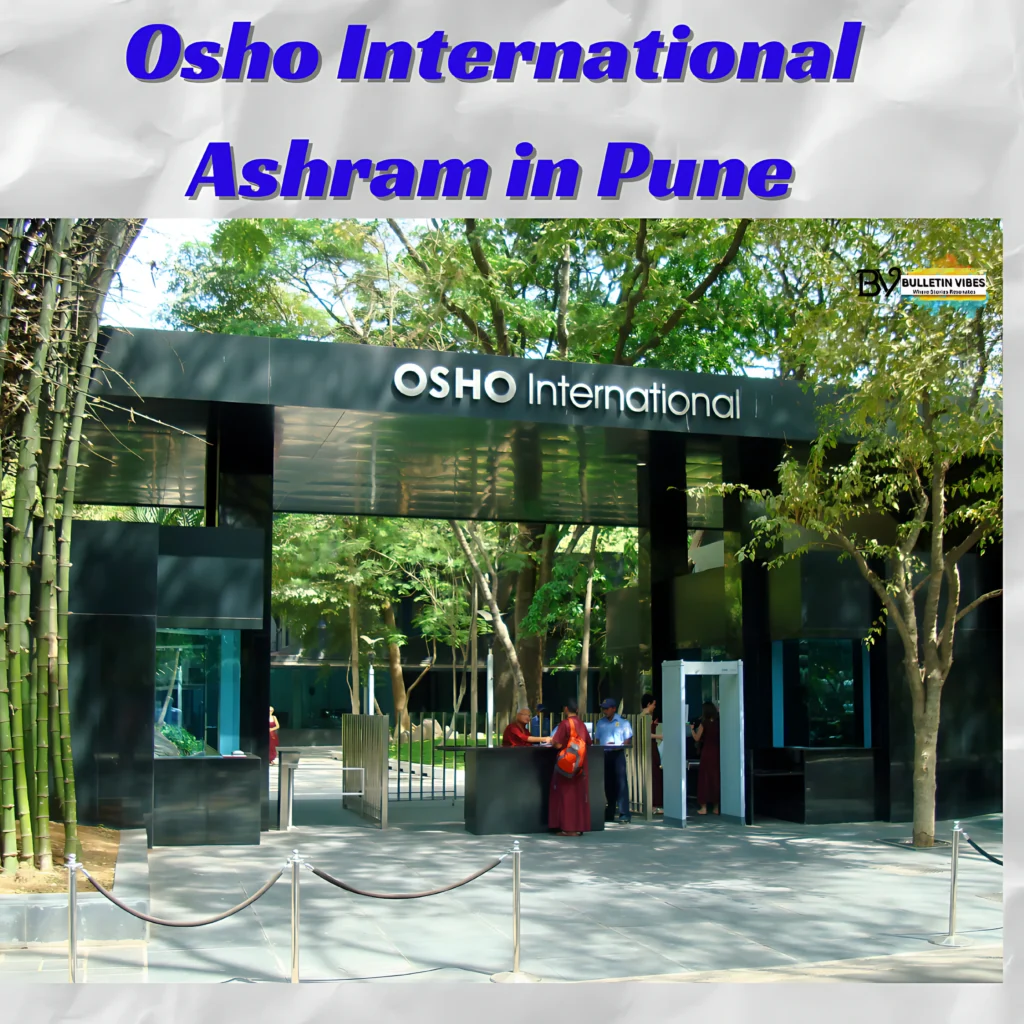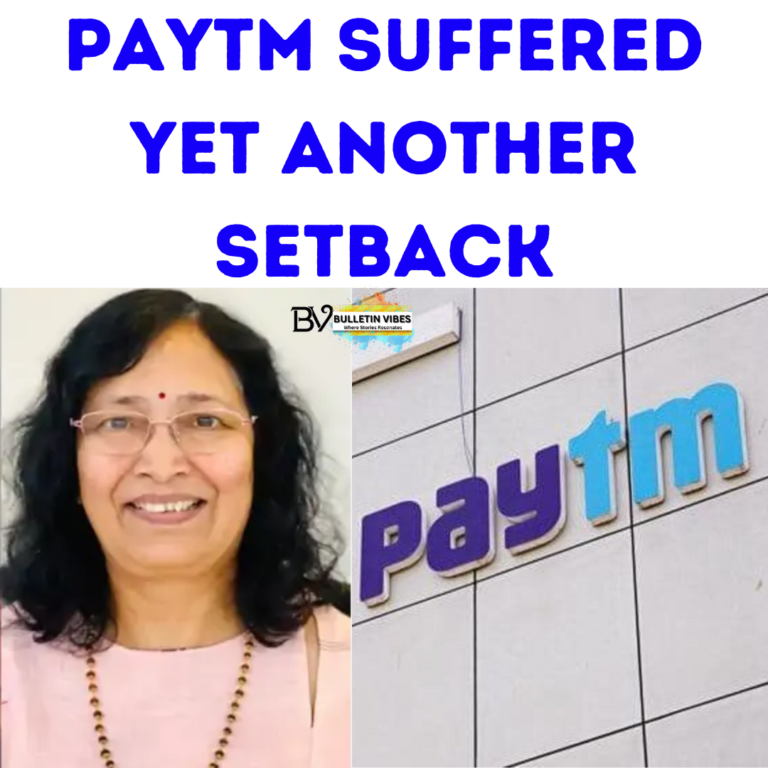Osho International Ashram in Pune: 3 Days Inside The Strange World
Osho International Ashram in Pune: A word about Pune, the Indian state of Maharashtra (previously known as “Poona”). The most well-known past inhabitants there? Mahatma Gandhi and Bhagwan Shree Rajneesh, often known as “Osho,” the new age spiritual “guru”

Table of Contents
Osho International Ashram in Pune
When I first arrived in Pune three years ago, I was astounded by the city’s wealth, especially in the green Koregaong Park neighborhood. Pune’s streets are lined with designer stores, cafés that serve European food and drinks, and a ton of health resorts and retreats. The city has become one of the wealthiest in India because to companies like Google and Big Tech.
When I went in November 2019, I had never heard of the late Osho or his ashram in Pune. However, after stumbling across the commanding entrance in Koregaong Park, I researched his group of “sanyassins,” watched the Netflix documentary “Wild Wild Country,” and developed a healthy degree of curiosity.
Last week, on my way back to Pune, I spent three days at the Osho International “retreat.” When you first arrive, you must buy maroon robes, which must be worn throughout the day, and white robes, which must be worn after 6.30 p.m. for the “Evening Meeting.” You also agree to a stringent set of regulations and leave your phone at reception.
“The freedom from something is not true freedom. The freedom to do anything you want to do is also not the freedom I am talking about."
— OSHO (@OSHO) February 3, 2024
“My vision of freedom is to be yourself."
-Osho
Best Meditation Methods
Osho International Ashram in Pune: A range of meditation methods make up the majority of each day’s schedule, along with presentations on topics like “How to increase your awareness,” seminars on “Unlocking creativity; our true calling,” and evening events like “Ecstatic dance” and “Full moon celebration.” A few of the sessions were beneficial; the Tibetan “nadabrahma” meditation method, which involves humming to calm the mind, was very helpful in helping me concentrate for the whole hour. Others, meanwhile, verged on tedium or pseudo-science.
On the surface, the retreat seems lush and verdant, with a calm and pleasant atmosphere. By eliminating material comparisons in clothing, the robes serve as a leveling agent. When the sun sets and the whole community, clad in heavenly white robes, ascends the stairs to the enormous pyramid that houses the “Osho Auditorium” around 6:30 p.m., it is a sight that will last a lifetime. That evening meeting, however, with its exploding drums, “gibberish meditation,” coordinated yells of “Osho!” and an extended, meandering darshan from the guy himself via a 1990 video, was not how I wanted to spend two hours of my evening. Strangely enough, a few of my fellow followers laughed so hard throughout his forty-minute monologue that they sounded like they were at a Stewart Lee performance. Maybe when I’m enlightened, I’ll understand.
Knowing that I wouldn’t be coming back the next day made it something of a comfort to leave the ashram on Wednesday night after the Evening Meeting. While being at Osho’s ashram was undoubtedly a positive life experience, I like independence over structure, so living at an ashram was never going to be perfect for me. Though the daily schedule of 6-7 hours was a strain for me, there are undoubtedly advantages to even an hour of meditation every day. That being said, a few guests had been in the ashram for many months, so obviously something was helping them. In addition, the community’s longer-stay members seemed to be more engaged in managing the retreat; they were assigned to metal-spot attendees as they came for programs in the Osho Auditorium or assisted in organizing the musical workshops and nighttime activities.
Osho Owned 93 Rolls Royces
Osho was obviously a well-read, intelligent guy and a captivating leader, but it seems that his true skill was in commercializing spirituality and presenting it in a way that the West could understand. Osho demonstrated his materialistic tendencies by owning 93 Rolls Royces and showing a preference for high-end watches and diamanté caps. However, he acknowledged that music and nature provide a conduit for many people to connect with the “divine.”
Mahatma Gandhi Spent Time in Pune in The 1940s
Conversely, Mahatma Gandhi, another highly esteemed Indian leader, although of a different caliber, also visited Pune during the 1940s. Because to his “Do or Die” and “Quit India” independence efforts, he was imprisoned by the British for two years at the Aga Khan Palace, an Islamic/French style building. While detained at the palace, Gandhi observed his 21-day fast here, and both his wife Kasturba Gandhi and secretary Mahadev Desai died away. The palace grounds currently house samadhis containing the remains of all three individuals, while the structure itself now serves as a museum honoring the battle for freedom.
Read more About: Osho International Ashram in Pune
Read More About: Seeing A Dead Person in Dream







One Comment